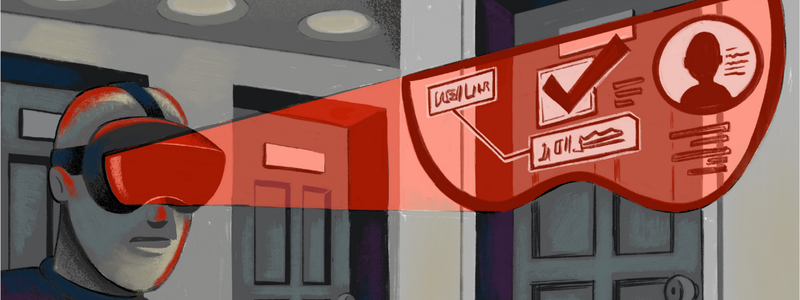Current and Emerging Malign Use of Geospatial Technologies to Threaten Critical Infrastructure and Crowded Targets
So What?
Increasing accessibility of location-based technologies, such as consumer drones, wearable smart devices, and high-resolution satellite imagery, can offer malevolent actors a new suite of data and technology with which to plan and conduct attacks.
Project Summary
This project explores how increasingly accessible geospatial technology can be employed by terrorists to launch attacks against critical infrastructure and crowded targets. The interdisciplinary research team seeks to provide a forecast for how these technologies could be used so that authorities can better respond to emerging threats.
Purpose/Objective
This project seeks to better understand how new geospatial technologies can be used in innovative ways by terrorists to provide an understanding of what federal, state, local, and tribal authorities will have to manage. Additionally, it will offer developmental opportunities to students and expose them to the homeland security enterprise.
Method
This project includes four tasks:
- Develop Rapid Review Reports to map the current literature on emerging threats and support decisions about these threats.
- Conduct interviews with leading academics and government officials about geospatial developments and applications.
- Create Scenario Analysis Frameworks by developing scenarios showing weaknesses in open-source data.
- Host a Futures Workshop to bring experts from several perspectives together to build action plans for possible scenarios.
Projected Outputs and Impact
- Reports
- Futures Workshop
- Visual Briefs
Research Team
Austin Doctor, Ph.D.
- Co-PI
- NCITE Director of Strategic Initiatives
- Assistant Professor of Political Science | University of Nebraska at Omaha
- Expertise: Militants, terrorism, irregular warfare, and emerging threats
- University of Maryland
- Director of the Unconventional & Asymmetric Threats Division, National Consortium for the Study of Terrorism and Responses to Terrorism (START)
